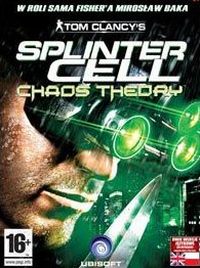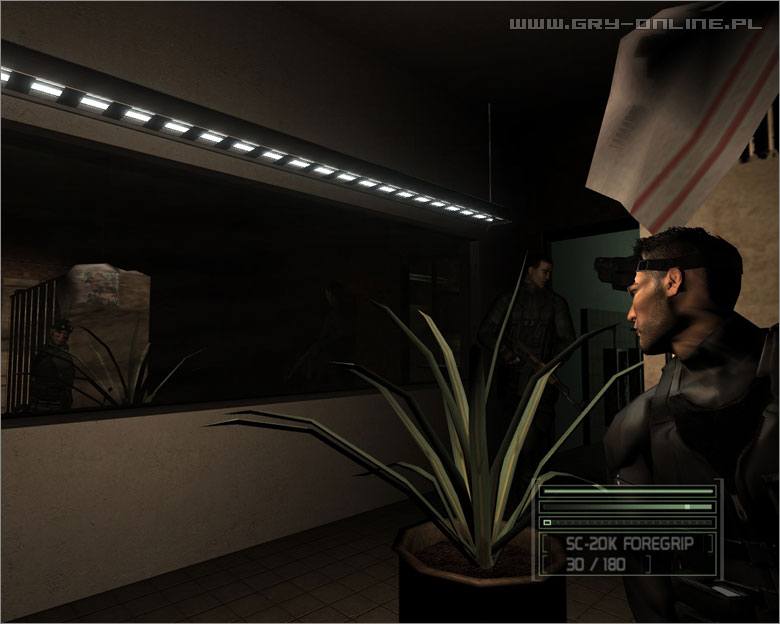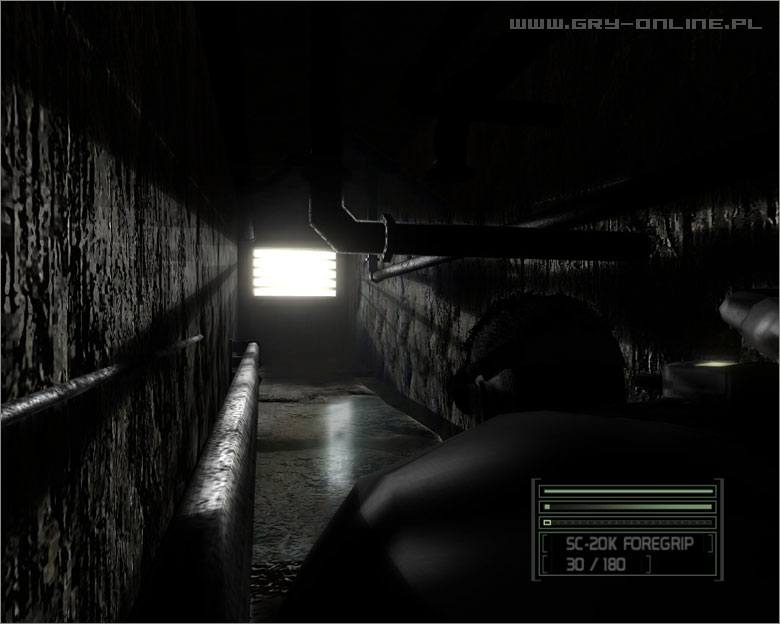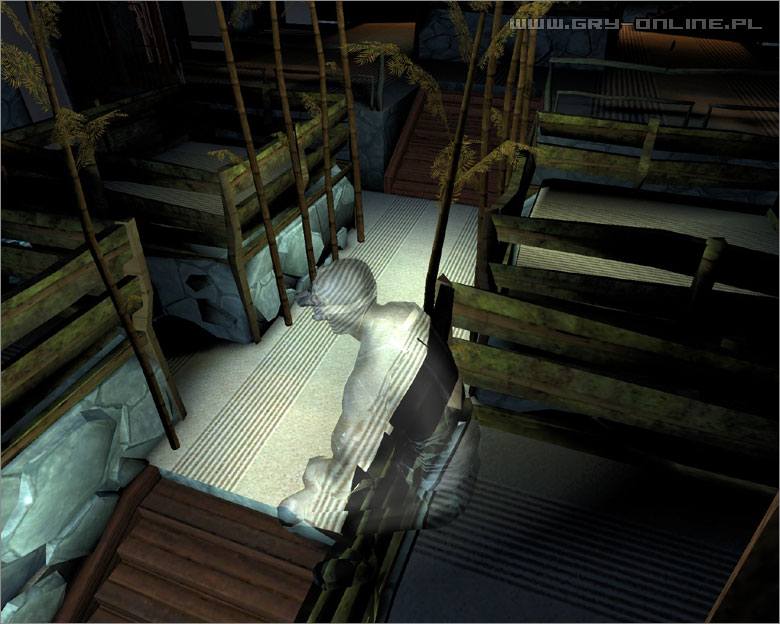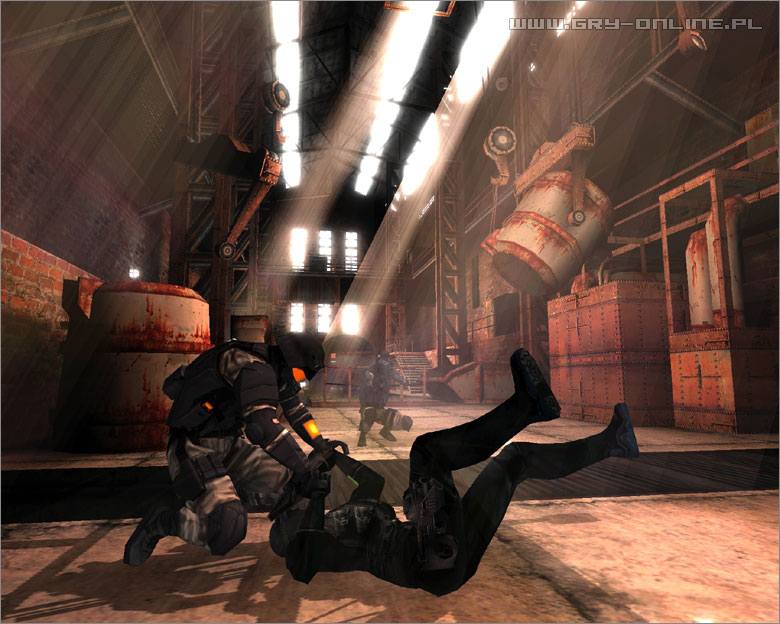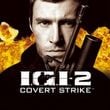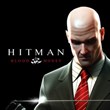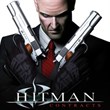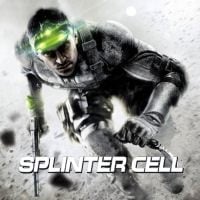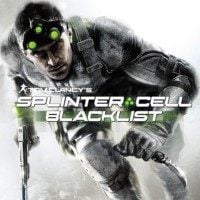The third part of the adventures of Sam Fisher. The last two Splinter Cell games sold in millions of copies. The newest installment of the franchise introduces many crucial changes. They extend to gameplay mechanics as well as graphics improvements.
The third Splinter Cell, released for PS2, GCN and XBX is set in 2008. A special intelligence organization is created in Japan, which meets with deprecation of many neighboring countries. The president of the newly created group uses his position for exacerbating the conflict between Japan and North Korea. An armed conflict begins. The USA steps in, which only makes the situation worse. North Korea prepares for an invasion on its southern neighbor. This is when Sam Fisher steps into action. The three key characters in the game are: a Japanese admiral, a mysterious hacker, and the chief of the paramilitary intelligence organization. Reconciling their conflicting interests should prevent the conflict from escalating.
Tom Clancy's Splinter Cell: Chaos Theory for PS2, GCN and XBX retains the third person perspective. Essential novelties include an array of new attacks, knife combat techniques and methods of quick elimination of enemies. Sam Fisher can hide from opponents using new moves and animations, as well as brand new (mostly experimental) gear and weapons.
Many improvements were implemented in the game’s visuals. The most noticeable is the complex physics engine. The improvements include ragdoll, particular effects and interactions with the environment. Enemy AI was enhanced too. Each opponent behaves in a way characteristic of his profession. NPCs also memorize the player’s actions.
Missions are non-linear. Each objective can be approached from a variety of angles. There are also optional objectives. An important thing is that there is a set co-operative missions, which can be played together with another player. All online modes from the previous game make a comeback too.
